Retailers and brands can generate higher sales by jolting shoppers into paying more attention, says Danielle Pinnington
Shoppers love finding shortcuts to the routine of shopping and a way of reducing the time spent in-store, according to our research.
They frequently switch to autopilot and put the blinkers on as soon as they step into the average supermarket. Frustrated shoppers also operate with a siege mentality, not opening their eyes to the items in-store that they could be encouraged to buy.
Retailers and brands therefore must give greater consideration to just how easy it is to shop for their products and smooth the path to that all-important sale. The art of the ease of shopping is the ability to get on the same wavelength as the shopper and successfully tune into their needs and wants in-store. It's about empowering them and removing the barriers to the purchase process without losing the triggers that will drive a sale.
Shoppers need to be able to navigate a store easily but there are also powerful emotional factors that influence ease of shop, notably attraction and persuasion. Even navigation has an emotional edge to it think of the frustration felt by consumers who can't find what they're looking for.
Most shoppers are inherently lazy, but by putting something unusual or unexpected in front of them, they're jolted into paying a bit more attention. They'll at least consider a product, even if they don't end up buying it, which is where packaging comes in. Everyone accepts it is one of the strongest weapons in a brand's armour. Yet, incredibly, only 19% of businesses use shopper insight to influence their packaging design, according to our Why Shopper? survey.
It is vital to see the purchase process through the eyes of the shopper. Only then will brands and supermarkets identify the relevant features in the process, and how these might be enhanced to aid the purchase process.
It's about getting the basics correct: the right products in the right place, presented in a way that can actively engage the shopper.
It is ironic that in wanting to generate ease of shop at fixture, retailers and brands will come to realise this is not an easy business.
Danielle Pinnington is MD of research company Shoppercentric.
Shoppers love finding shortcuts to the routine of shopping and a way of reducing the time spent in-store, according to our research.
They frequently switch to autopilot and put the blinkers on as soon as they step into the average supermarket. Frustrated shoppers also operate with a siege mentality, not opening their eyes to the items in-store that they could be encouraged to buy.
Retailers and brands therefore must give greater consideration to just how easy it is to shop for their products and smooth the path to that all-important sale. The art of the ease of shopping is the ability to get on the same wavelength as the shopper and successfully tune into their needs and wants in-store. It's about empowering them and removing the barriers to the purchase process without losing the triggers that will drive a sale.
Shoppers need to be able to navigate a store easily but there are also powerful emotional factors that influence ease of shop, notably attraction and persuasion. Even navigation has an emotional edge to it think of the frustration felt by consumers who can't find what they're looking for.
Most shoppers are inherently lazy, but by putting something unusual or unexpected in front of them, they're jolted into paying a bit more attention. They'll at least consider a product, even if they don't end up buying it, which is where packaging comes in. Everyone accepts it is one of the strongest weapons in a brand's armour. Yet, incredibly, only 19% of businesses use shopper insight to influence their packaging design, according to our Why Shopper? survey.
It is vital to see the purchase process through the eyes of the shopper. Only then will brands and supermarkets identify the relevant features in the process, and how these might be enhanced to aid the purchase process.
It's about getting the basics correct: the right products in the right place, presented in a way that can actively engage the shopper.
It is ironic that in wanting to generate ease of shop at fixture, retailers and brands will come to realise this is not an easy business.
Danielle Pinnington is MD of research company Shoppercentric.



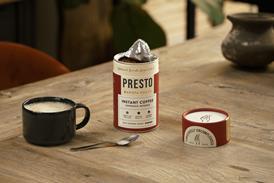
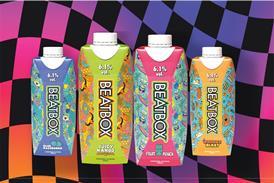

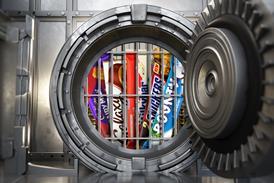
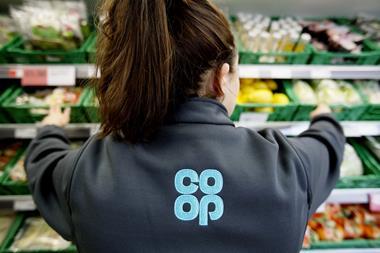

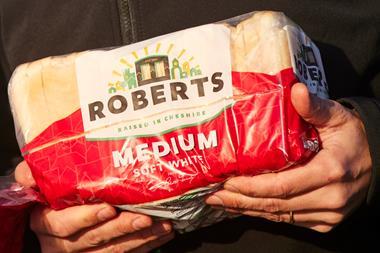



1 Readers' comment